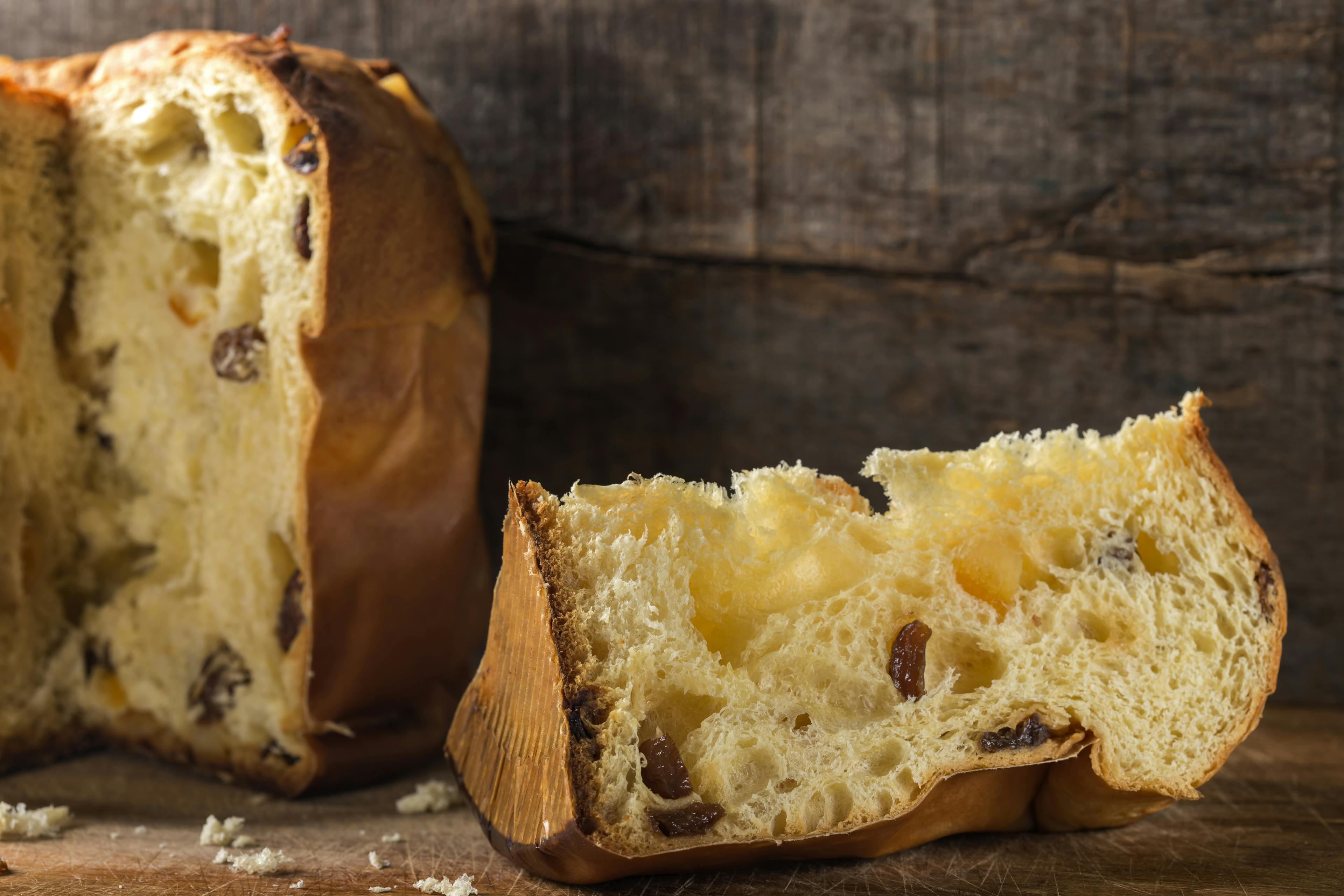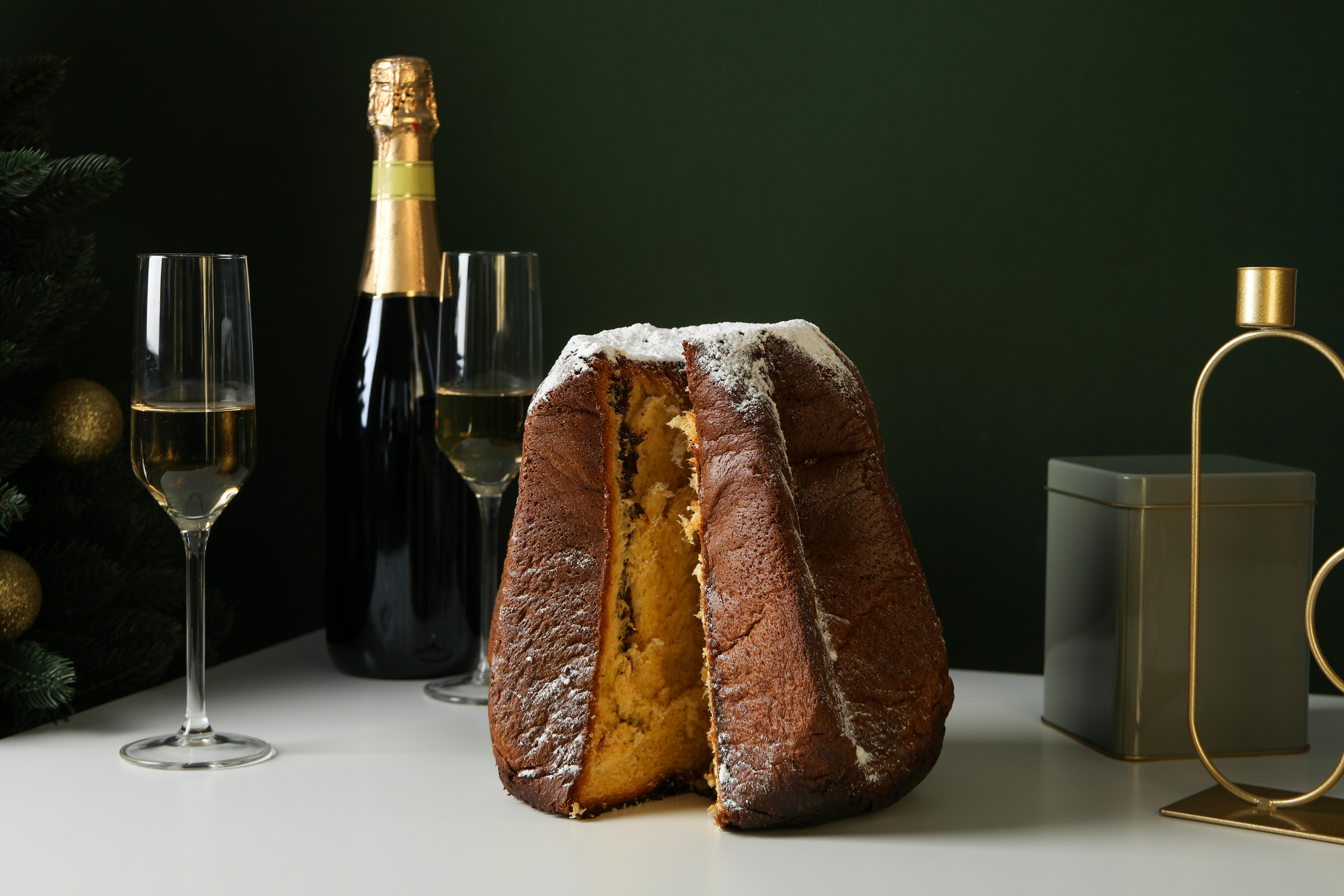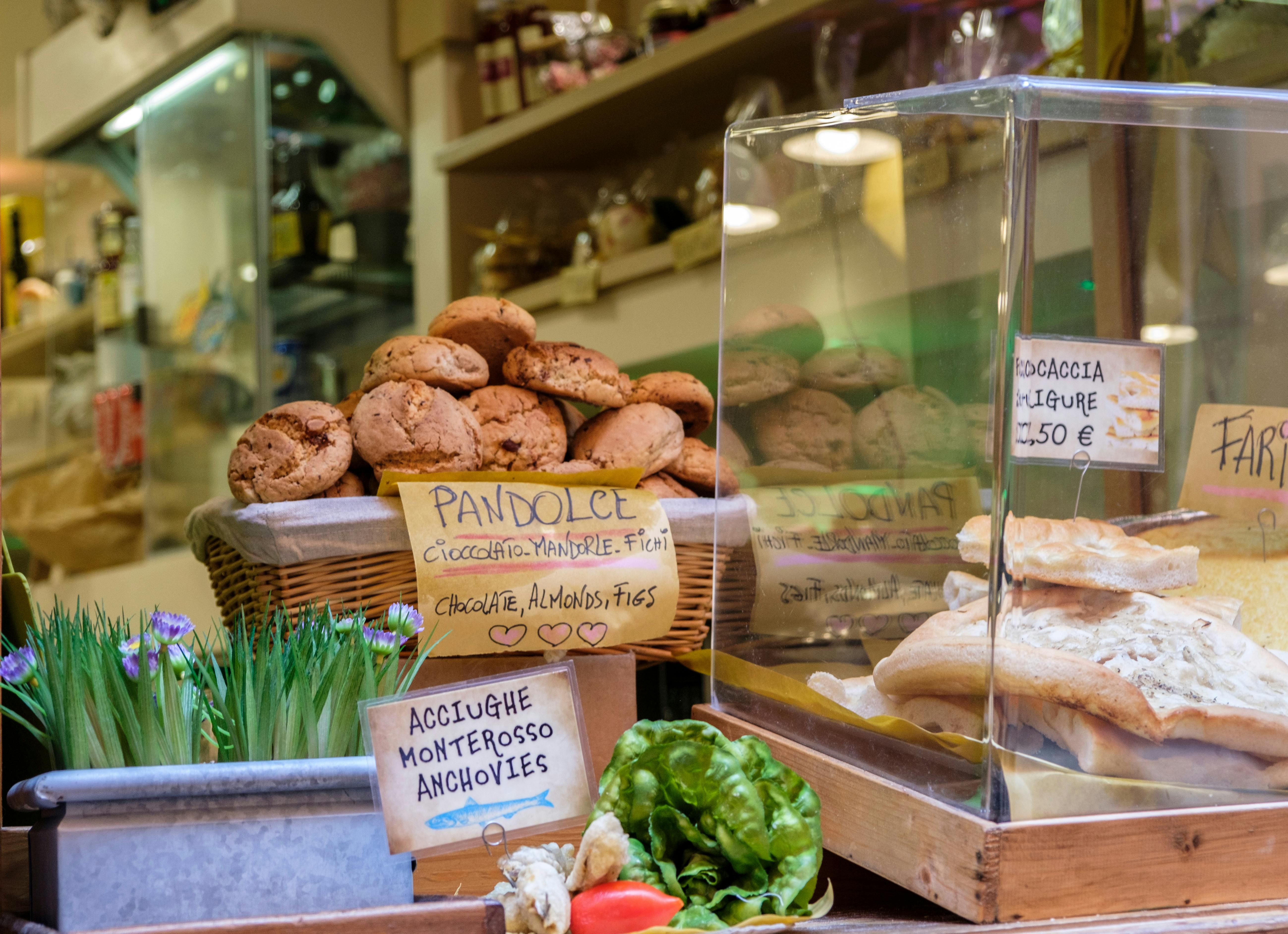

Panettone vs Pandoro
At Christmas, the Italian population divides into two major groups: Pandoro lovers and Panettone faithful. There's no changing sides; switching factions would be considered high treason!
The origin of Pandoro, claimed by the people of Verona, dates back to ancient Rome, while the original recipe for Milanese Panettone is traced to the Middle Ages.

One of the legends about Panettone
The creation of Panettone, as often happens with traditional dishes rooted in the past, is shrouded in mystery. Among the various legends, one tells of a young pastry chef named Toni, who worked in the kitchen of the Duke of Milan. In love with the duke's daughter, Toni invented an extraordinary sweet to win her heart. The sweet, made with sourdough, eggs, butter, and candied fruit, impressed everyone and was called "pane di Toni" (literally "Toni's bread"), hence the name "panettone".
Many types of Panettone
Milan's classic Panettone with raisins and candied fruit is just the tip of the iceberg; every Italian region has its version with peculiar ingredients and techniques. From Genoese Pandolce to those from Val d'Aosta or South Tyrol with apples, raisins, pine nuts, butter, and scented with cinnamon, just to name a few.

Record-breaking Panettone
Today, besides being the top-ranking dessert consumed at Christmas, Panettone has also become a highly popular gift worldwide.
Speaking of which, do you know where the world's largest Panettone was made? Right in Milan, its birthplace, in 2018: standing at one and a half meters tall, with a diameter of 115 centimeters and weighing 332.2 kilograms, the record-breaking Panettone was crafted by master chocolatier Davide Comaschi, leading a team of six pastry chefs for nearly 100 hours. Together, they kneaded the beauty of 50 kilograms of flour, 38 kilograms of butter, 180 kilograms of egg yolks, 25 kilograms of sugar, and the same amount of dark chocolate, raisins, candied orange, water, and many other ingredients.
The recipe for Milanese Panettone
Have you ever tried making Panettone at home? This is your chance to become intrepid pastry chefs and put yourselves to the test. But we warn you: making Panettone is not easy!
Will you accept the challenge?
We've called Laura, an adorable Milanese Cesarina who, coincidentally, is also an excellent homemade Panettone maker. Laura joined Cesarine because she loves sharing and safeguarding her city's culinary treasures with guests from around the world, and she's decided to reveal the secrets of her family's Panettone recipe.
Keep in mind that this dessert requires two doughs with different rising times, and you'll need an electric mixer and a special Panettone mold to obtain its official shape!

Milanese Panettone
Bake the authentic Milanese Panettone at your home... and it's instantly a celebration!
Ingredients
- First dough ingredients:
- 400 g Manitoba flour
- 140 ml water
- 10 g natural yeast
- 120 g sugar
- 100 g butter
- 5 egg yolks
Second dough ingredients:- 100 g Manitoba flour
- 80 ml water
- 10 g natural yeast
- 100 g sugar
- 150 g butter
- 5 egg yolks
- 80 g candied citron
- 80 g candied orange
- 15 g raisins
- 30 g honey
- 1 packet of vanilla sugar
- A pinch of salt
- Zest of 1 lemon
- Zest of 1 orange
Method
First dough:
- Combine flour, water, and sugar in the mixer and knead for about 5 minutes; then let it rest and add softened butter, sourdough, and egg yolks.
- Knead the dough until smooth.
- Let it rise in a dry place at 25°-27°C for about 15 hours, or until tripled in volume.
Second dough:
- Knead all ingredients in the mixer, add the previous dough, and finally the candied fruit and raisins.
- Place the dough in the mold, make a cross with a knife, add a piece of butter, and let it rise for another 6-8 hours.
- Bake at 180°C for about 40 minutes.
- After letting it cool overnight, your Panettone will be ready to be served at the table!